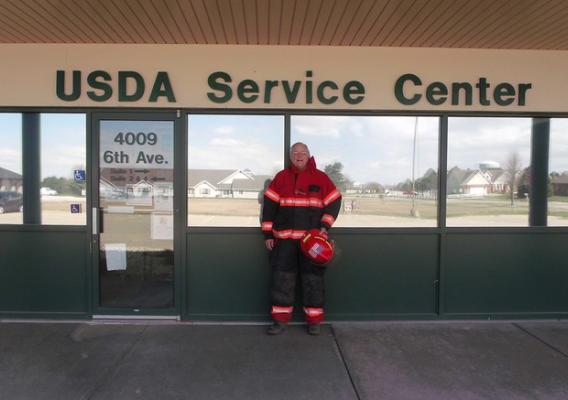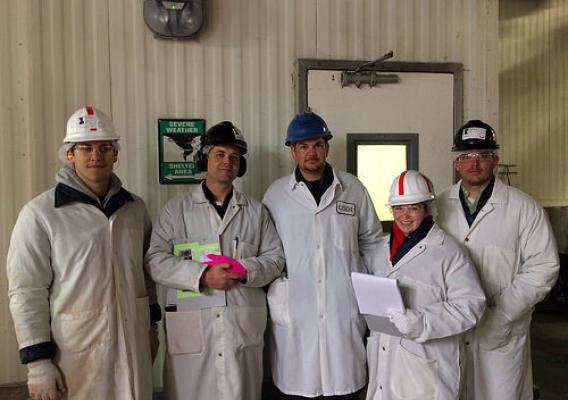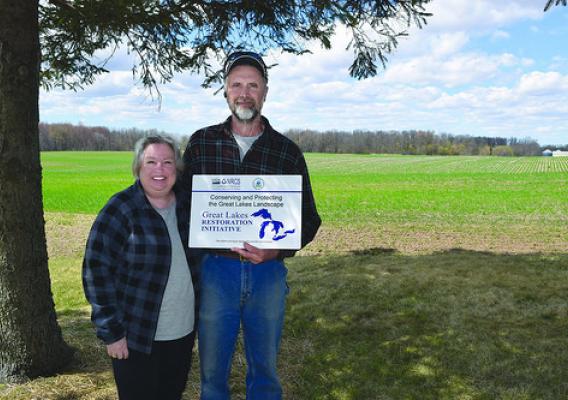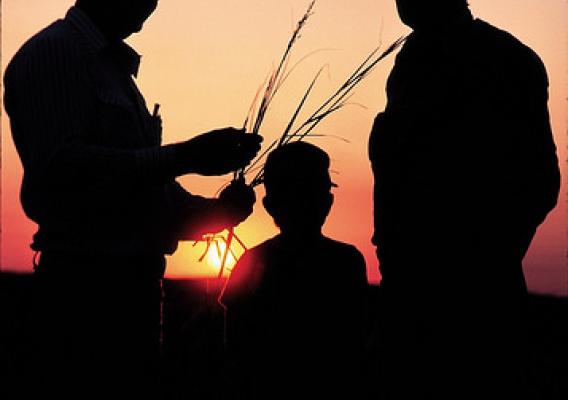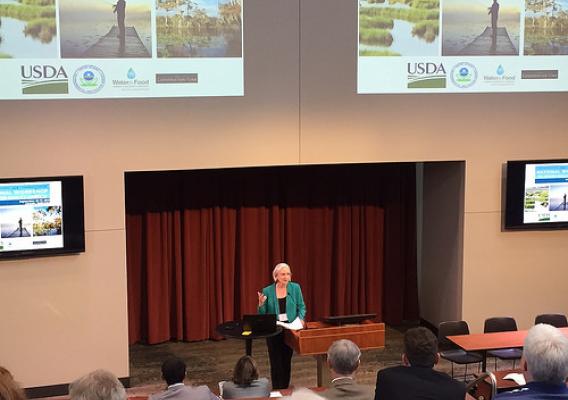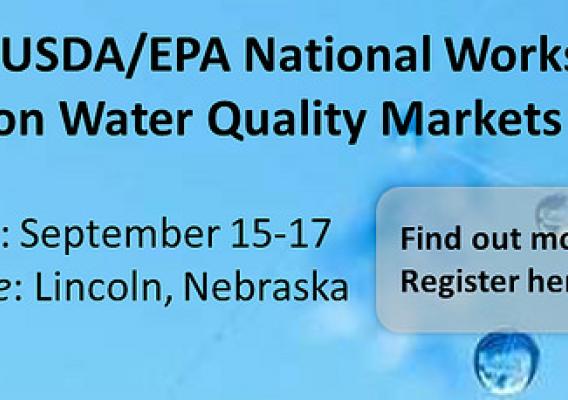The White House recently recognized 12 Champions of Change for their leadership in sustainable and climate-smart agriculture. This week we will meet them through their USDA Regional Climate Hub, today featuring the Northern Plains’ Keith Berns, Larry Cundall and Martin Kleinschmit.
Montana, Wyoming, Colorado, North Dakota, South Dakota, and Nebraska comprise the Northern Plains Region. The region accounts for a quarter of irrigated lands in the U.S. and more than a third of the pasture/rangelands. The Northern Plains has an extensive precipitation and temperature gradient moving from east to west, which provides a diverse array of environmental conditions for agriculture throughout the region.
The region faces longer and warmer growing seasons, earlier arrival of spring, and altered distribution of seasonal precipitation. These changes can affect agriculture production in a number of ways such as the timing of snowmelt for irrigation and changes in pest and weed pressure. Additionally, extreme weather events such as drought are occurring at greater frequency, duration, and intensity. The USDA Northern Plains Regional Climate Hub (NPRCH) produced a vulnerability assessment of key agriculture enterprises in the six-state area that highlights a number of adaption and mitigation strategies available to producers.

